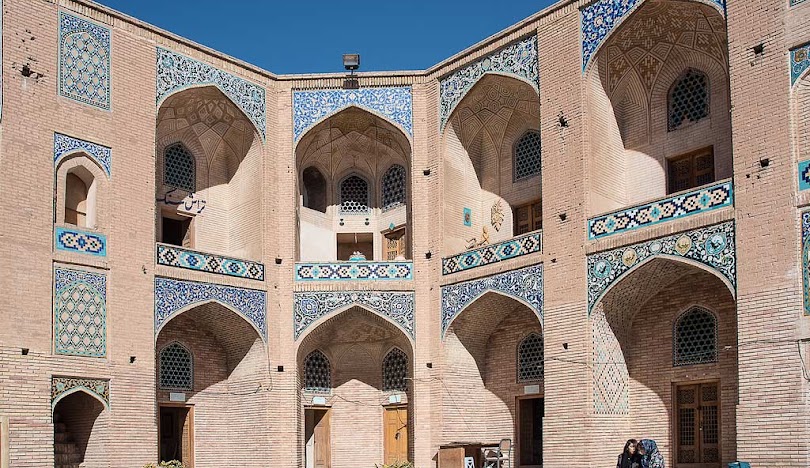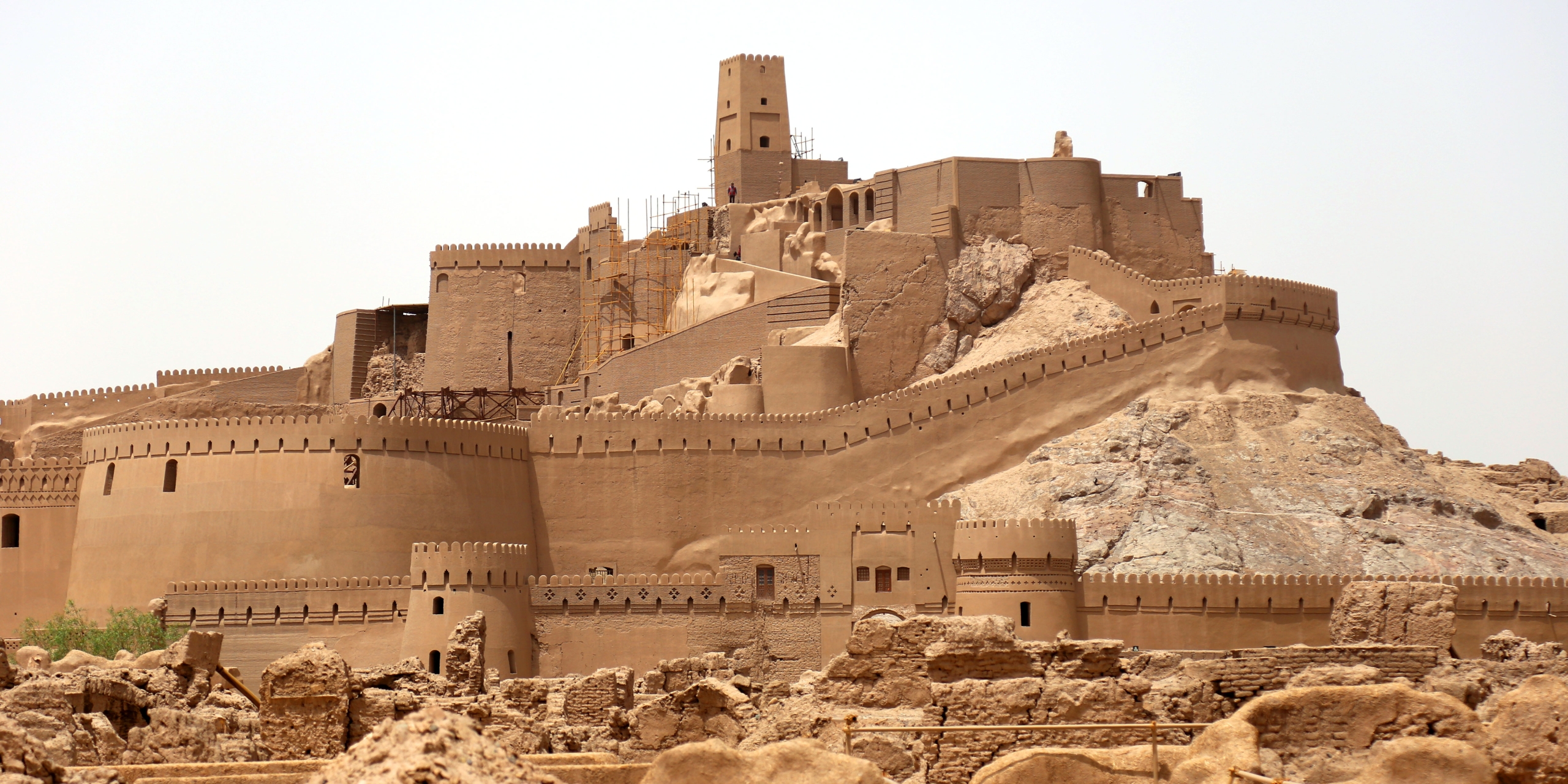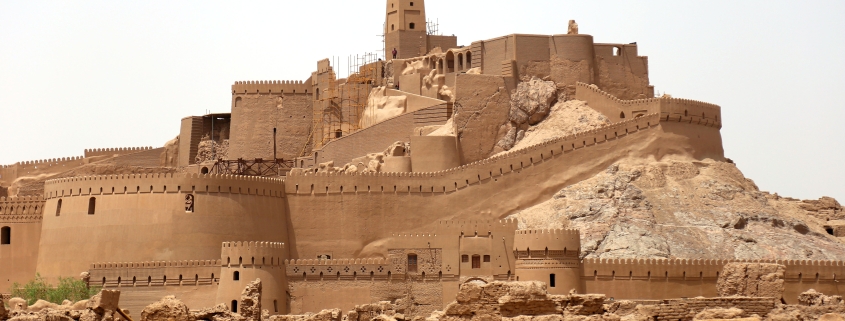Ultimate Travel Guide to Kerman: Discover the Heart of Iran
Introduction
Nestled in the southeastern part of Iran, Kerman is a city that blends rich history, stunning landscapes, and vibrant culture. Often overlooked by travelers, this hidden gem is a treasure trove of ancient monuments, desert adventures, and local traditions. Whether you’re a history enthusiast, a nature lover, or someone looking to experience authentic Iranian culture, Kerman offers something for everyone. In this travel guide, we will explore the best things to do, places to visit, and insider tips to make the most of your trip to Kerman.
1. Top Attractions in Kerman
Ganjali Khan Complex
One of the most iconic landmarks in Kerman is the Ganjali Khan Complex, a historical site dating back to the Safavid era. This architectural masterpiece includes a caravanserai, a market, a school, a bathhouse, and a mosque, offering visitors a glimpse into the city’s past. The intricate tile work, grand arches, and the lively bazaar make it a must-visit spot for anyone traveling to Kerman.

Shah Nematollah Vali Shrine
The Shah Nematollah Vali Shrine is one of Kerman’s most important religious sites. Located in Mahan, just outside the city, this shrine is dedicated to Shah Nematollah Vali, a prominent Sufi mystic. The beautiful gardens, the serene atmosphere, and the intricate architecture of the shrine create a peaceful and spiritual experience for visitors.
Rayen Castle
A visit to the Rayen Castle is like stepping back in time. This ancient adobe fortress, located near the foot of the mountains, was once a thriving city. Though it’s a bit off the beaten path, the panoramic views and the well-preserved ruins make it a rewarding stop for history lovers and adventurers alike.
Kerman Bazaar
No trip to Kerman is complete without a stroll through its traditional bazaar. A labyrinth of narrow lanes, bustling shops, and vibrant colors, the bazaar offers everything from local handicrafts to spices, textiles, and carpets. It’s the perfect place to experience the city’s lively atmosphere and pick up unique souvenirs.
2. Cultural Insights and Local Delights
Cuisine of Kerman
Kerman’s cuisine is a delightful fusion of flavors, with influences from neighboring regions. Some local dishes you shouldn’t miss include Kerman-style rice (Polow Kerman), Zereshk Polo, and the famous Fesenjan stew. For dessert, try Saffron ice cream (Bastani Sonnati), a unique and refreshing treat. The city’s traditional tea houses also offer a relaxing environment to experience Kerman’s warm hospitality.
Traditional Crafts
Kerman is renowned for its exquisite carpets, often considered among the best in Iran. Visiting one of the local carpet workshops is a great way to see skilled artisans at work and learn about the history and technique behind this traditional craft. Don’t forget to pick up a beautiful handmade rug or textile as a souvenir.
3. Exploring the Natural Beauty of Kerman
Mahan Desert
The Mahan Desert is a stunning desert landscape located near Kerman. Whether you’re interested in sand dunes, camel rides, or stargazing under the clear desert skies, Mahan offers a unique desert experience. The tranquility and vastness of the desert make it a perfect escape for nature enthusiasts and photographers alike.

Bam Citadel
A UNESCO World Heritage site, the Bam Citadel is one of the largest adobe structures in the world. This ancient fortress, which dates back to the 6th century, is a symbol of Iran’s historical architecture. Although much of it was damaged during the 2003 earthquake, ongoing restoration efforts are bringing it back to life, making it an important site for travelers interested in ancient Iranian culture.
4. Best Time to Visit Kerman
Kerman enjoys a desert climate with hot summers and mild winters. The best time to visit is during the spring (March to May) or autumn (September to November) when the weather is pleasant and ideal for sightseeing. During these months, you can enjoy the city’s attractions without the scorching heat of summer.
5. Tips for Traveling to Kerman
-
Transportation: Kerman is well-connected by air, road, and rail. The Kerman International Airport serves domestic flights, and the city is accessible by bus and train from major cities in Iran.
-
Dress Code: Iran has a modest dress code for both men and women. Women are required to wear a hijab, and it is advised to dress conservatively.
-
Language: Persian (Farsi) is the official language, but many people in Kerman speak some English, especially in tourist areas.




Leave a Reply
Want to join the discussion?Feel free to contribute!